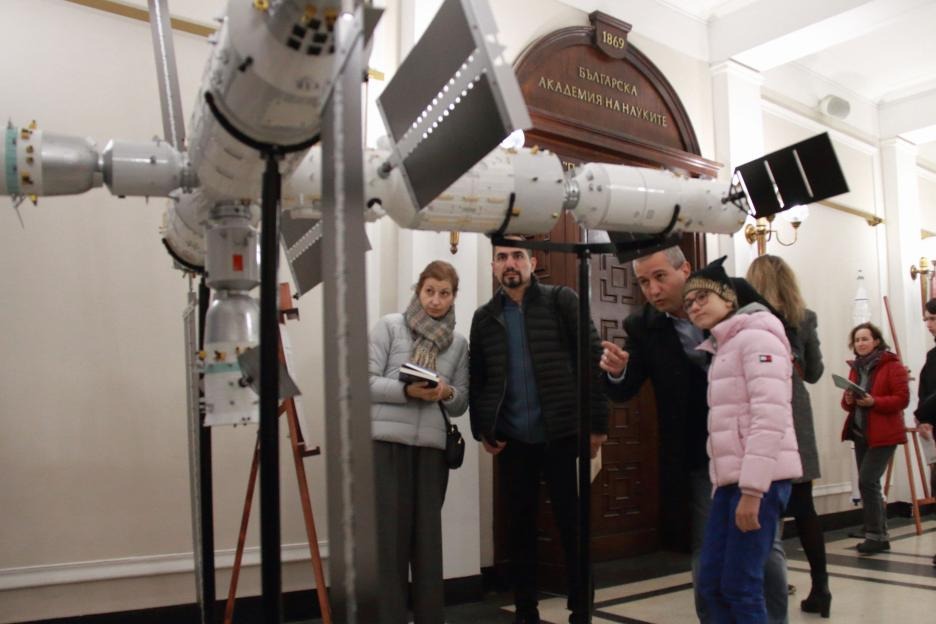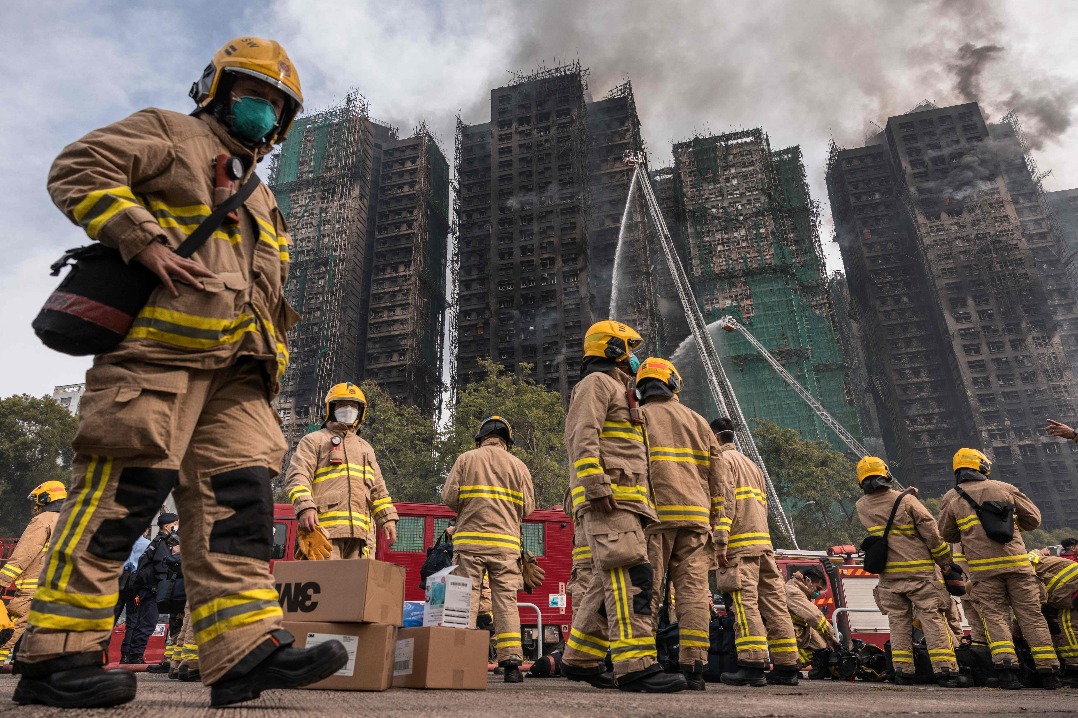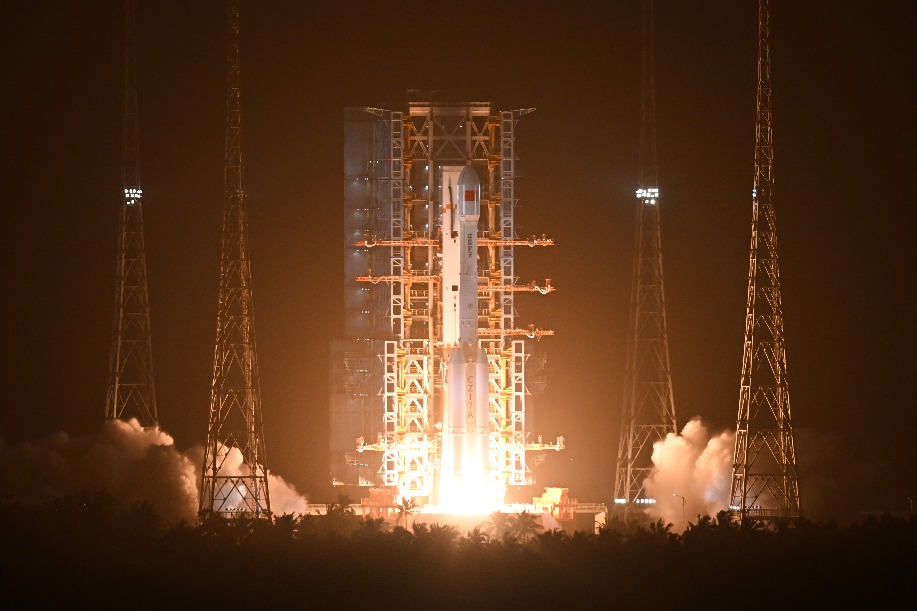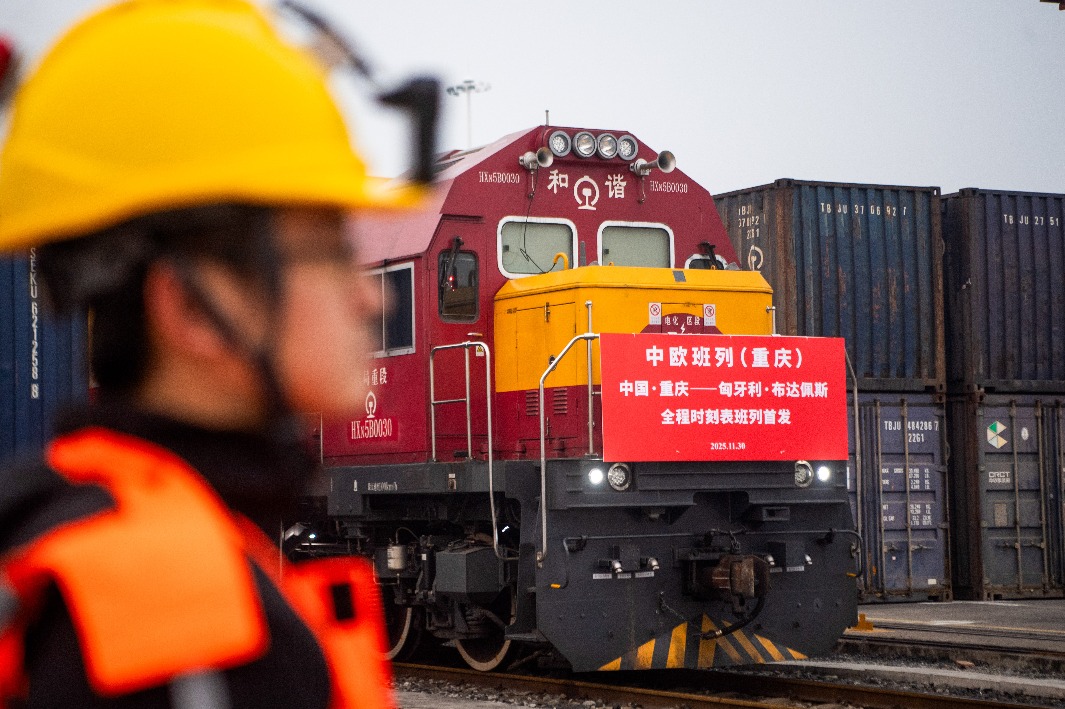Rail system to grow by 4,000 km in 2018

Much of 732 billion yuan budget is for high-speed system
China plans to spend 732 billion yuan ($112.7 billion) on railway projects in 2018 to continue building its world-leading rail system, said Lu Dongfu, general manager of China Railway Corp, the nation's railway operator, on Tuesday.
Some 4,000 kilometers of new tracks are planned to be put into operation in the coming year, and 87.5 percent or 3,500 km will be high-speed railway tracks, Lu said during the company's annual meeting.
"Between 2013 and 2017, China spent 3.9 trillion yuan on railway projects, making it a record period for intensive, mass investment on the railway system," he said. During those years, 29,400 km of new tracks were built, and more than half — 15,700 km — were for high-speed trains.
Last year alone, China spent 801 billion yuan on railways and put 3,038 km of new track into operation, meeting its annual targets for the year of 800 billion yuan of investment and 2,100 km of new lines.
The investment has paid off. By the end of 2017, the nation's rail system had reached a total length of 127,000 km, including 25,000 km of high-speed tracks, which is 66.3 percent of the world's total of high-speed railways.
The opening in 2017 of two new high-speed lines — Baoji-Lanzhou and Shijiazhuang-Jinan — marks significant progress in the construction of China's major high-speed railway network of four north-south routes and four east-west ones. Other high-speed stretches also opened in 2017.
China's railways are forecast to handle 3.25 billion passenger trips in 2018, which would be an increase of about 6.9 percent from 3.04 billion in 2017. Last year, more than half of the trips, or 1.71 billion, were made by bullet trains.
China's new generation Fu xing, or Rejuvenation, bullet trains, over which China holds complete intellectual property rights, started running between Beijing and Shanghai in July.
In September, the maximum speed of bullet trains on the Beijing-Shanghai high-speed railway was increased to 350 kilometers per hour, making it once again the world's fastest train service some six years after it was reduced to 300 km/h.
The Fuxing trains are a substantial upgrade over the previous bullet trains, known as Hexie or Harmony. Entirely designed and manufactured in China, Fuxing trains are more spacious and energy-efficient, with a longer service life and better reliability.
Fuxing completed 600,000 kilometers of performance tests and has a designed service life of 30 years, said Yu Hongliang, a mechanic with the Beijing Railway Bureau, in an earlier interview.
In 2018, Fuxing will be put into use on more lines, Lu said.
According to the nation's five-year transportation plan, by 2020, the nation's rail system is expected to reach 150,000 km. High-speed railways will reach 30,000 kilometers, covering over 80 percent of cities with more than 1 million permanent residents. Railways, along with expressways and civil airports, are expected to cover cities with permanent populations of over 200,000.
By 2025, railway network is to reach 175,000 km, including 38,000 km of high-speed rails.
Xinhua contributed to this story.
- Global content creators discover Hangzhou's tech magic
- Harbin launches book detailing Unit 731 crimes evidence
- China breaks 'foreign technological monopolies' with carbon fiber production line
- Shanxi University hosts folk dance workshop for international students
- Yangpu, where innovation and community thrive
- Wuxi drone show enthralls audiences





































